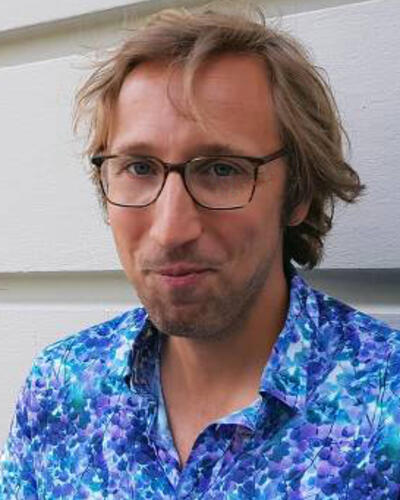Constraining a warmer wetter Arctic using lipid biomarkers in lake sediments from Svalbard during Early Holocene
PhD Candidate: Sher Rine Kong

Main content
This PhD project is part of the Past constraints on a warmer and wetter future Arctic climate (PASTFACT) project funded by the Trond Mohn Stiftelse (TMS).
My PhD project is “Constraining a warmer wetter Arctic using lipid biomarkers in lake sediments from Svalbard during Early Holocene, which aims to deepen our understanding of the magnitude and seasonality of hydroclimate change in a warmer wetter Arctic by utilizing lipid biomarker (δD and 𝑈37𝐾) proxies on the Early Holocene lake sediments from Svalbard.
Arctic amplification has been occurring faster in the Arctic region compared to other regions globally. As the Arctic warms, the hydrological cycle also intensifies, which contributes to higher precipitation rate during the 21 st century and this condition will continue as shown from the predicted future projection. However, the uncertainty of future projection is poorly constrained, in terms of temperature and precipitation changes, which resulted from the climatic models calibrated with instrumental data as the future change is likely to exceed that projected range. Therefore, this uncertainty of prediction in temperature-precipitation and seasonality effects could bring impact tothe phase and magnitude of precipitation.
To better constrain the past seasonality and temperature changes during warmer-than-present conditions, I choose Early Holocene (11.7-8.2 ka BP) to help me bring focus on the condition that is likely occur in the Arctic in the future. Due to their capability of preserving high-resolution geological records, non-glacial-fed lake sediments of Åsgardfonna located on Northern Svalbard are chosen as these lake sediments are not eroded by the ice sheet advances and able to record the drivers of seasonal atmospheric changes, which will help my project to examine the response of the Arcticduring warmer-than-present past periods.
Throughout my PhD years, I will measure the highly laminated non-glacial-fed lakes using a multi-proxy toolbox which I aim to tackle in terms of the sedimentology (Computed Tomography scanning,X-Ray Fluorescence, grain size analysis, organic matter content), leaf waxes paleohydrology (δD), and alkenone paleothermometry (𝑈37𝐾). By integrating these approaches with lake sediment-based reconstructions of glacier change from the same area, my project will help us to better understand the trajectory of Arctic glacier change under warmer-than-present conditions.

